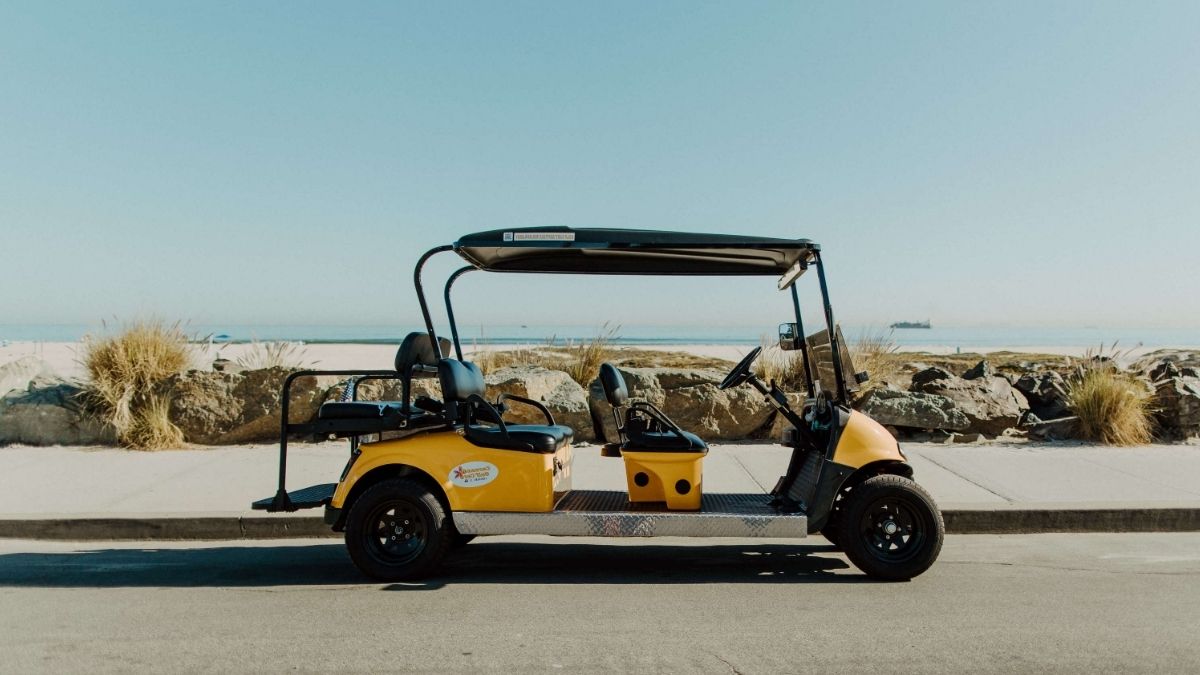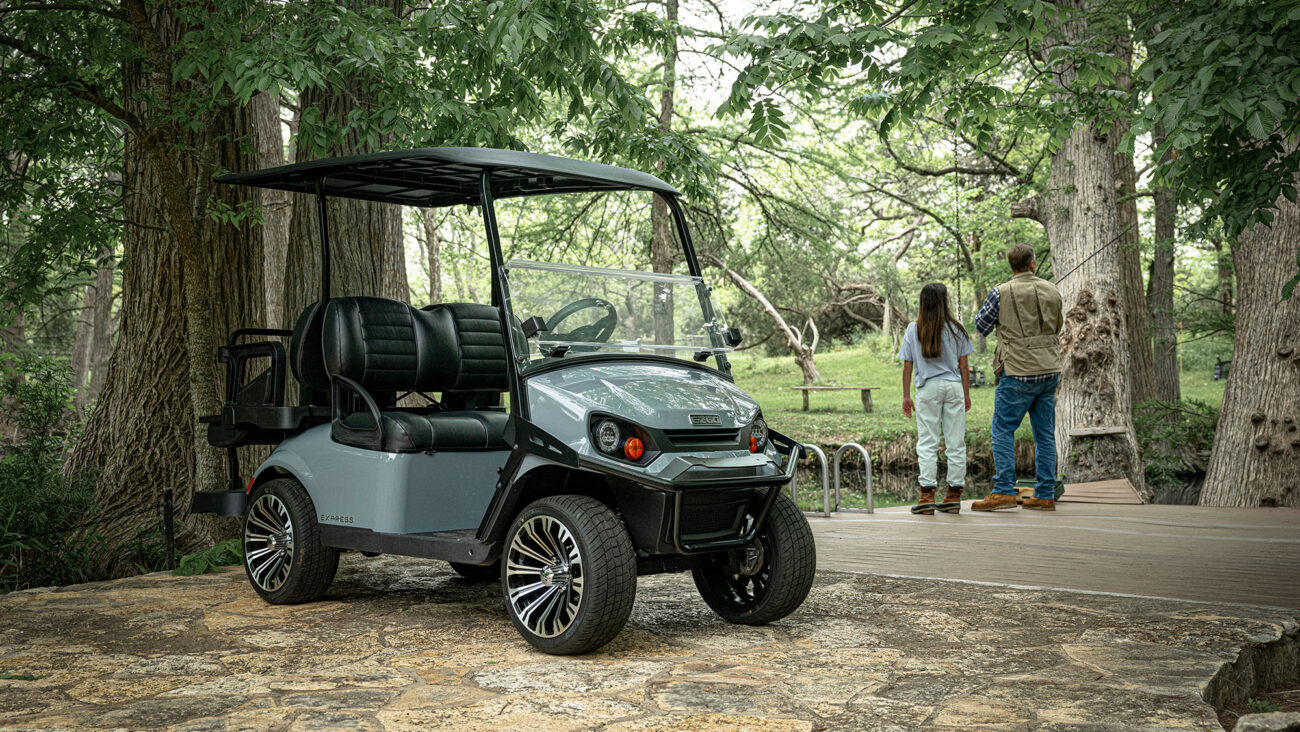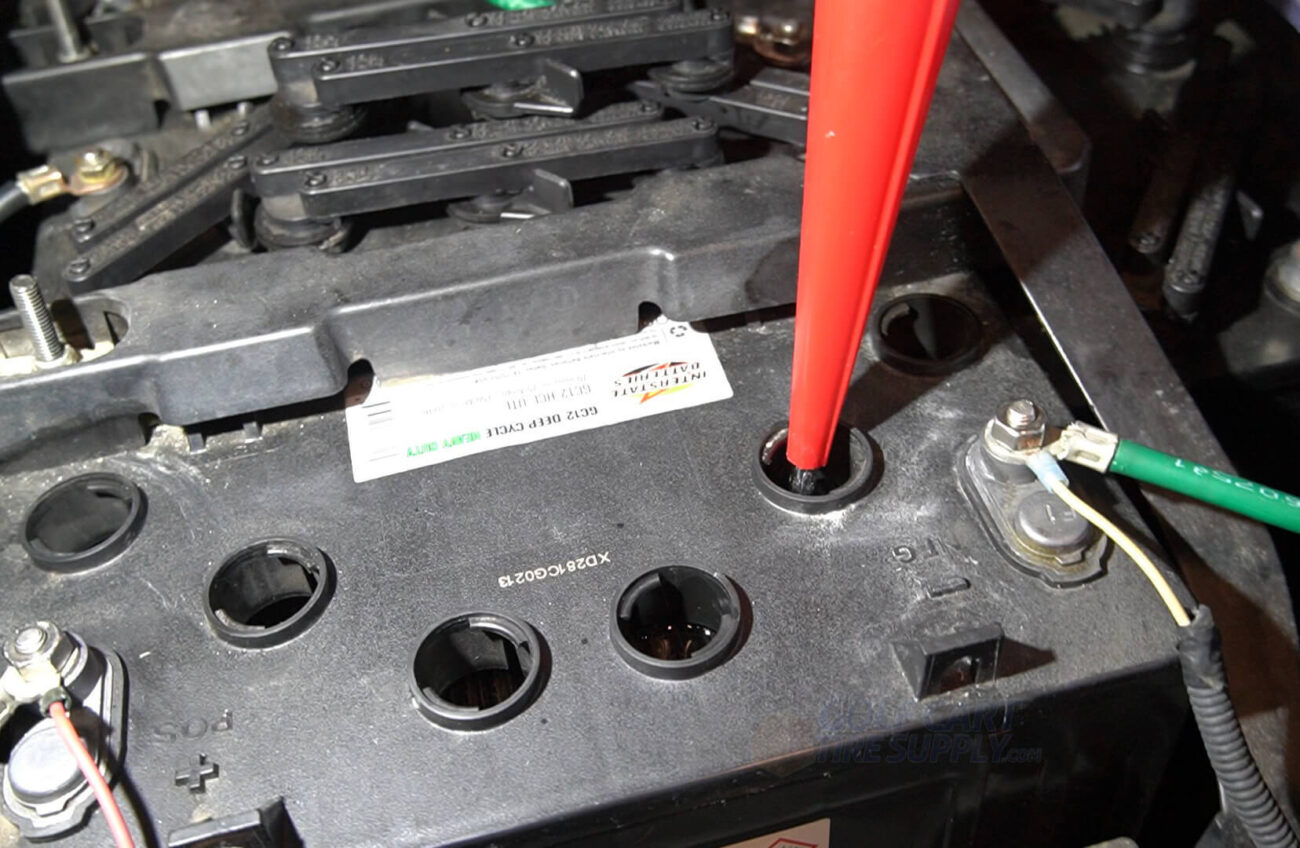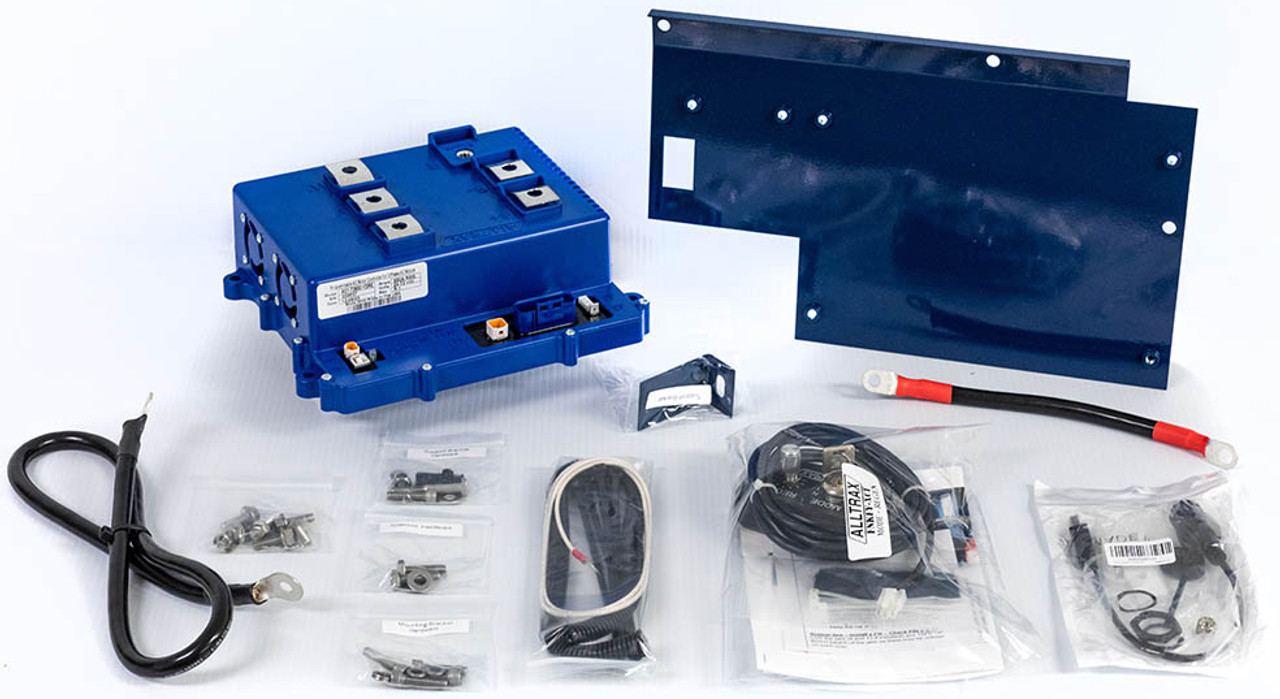
How Long Does a 100Ah Battery Last in a Golf Cart Range, Charging, and Tips
A 100Ah battery can take a golf cart roughly 25–40 miles per charge, but terrain, speed, load, battery type, and driving style can swing range widely.
Quick answer: 25–40 miles, with big “it depends”
A 100Ah pack gives enough energy for most carts to cover roughly 25–40 miles on a single charge. Real-world range depends on battery chemistry (lithium vs. lead-acid), cart voltage, passenger/cargo weight, tire pressure, hills vs. flats, average speed, and how often you stop and start. If your golf cart sees steep paths, soft sand, or aggressive acceleration, expect the lower end of that range.
Why the range varies so much
- Battery type: Lithium (LiFePO₄) typically delivers more usable capacity, better voltage stability, and 15–25% more miles per charge than comparable lead-acid packs.
- Voltage & efficiency: A 48V system usually runs more efficiently than 36V for the same power, helping range.
- Load & terrain: Extra passengers, accessories, roof racks, big wheels/tires, hills, and headwinds all raise energy use.
- Speed & habits: Driving 17–20 mph uses far more watt-hours per mile than cruising 10–12 mph with smooth throttle.
Estimate your range with simple math
Start with usable energy (in watt-hours), then divide by your cart’s average consumption (Wh/mi).
- Usable energy: Battery Ah × System Volts × Usable %
• Example (lithium, ~95% usable): 100Ah × 48V × 0.95 ≈ 4,560 Wh
• Example (lead-acid, ~60–70% usable): 100Ah × 48V × 0.65 ≈ 3,120 Wh - Consumption: Typical carts run about 110–180 Wh/mi depending on conditions.
- Range: Usable Wh ÷ Wh/mi
• 4,560 Wh ÷ 120 Wh/mi ≈ 38 mi
• 3,120 Wh ÷ 150 Wh/mi ≈ 21 mi
That’s why you’ll often see a spread like “25–40 miles.” Drive slower on flatter ground with properly inflated tires, and you’ll live at the high end.
How long does it take to fully charge a 100Ah battery?
Charging time is mainly a function of charger current, chemistry, and taper at the top of the charge:
- Lithium (LiFePO₄) 100Ah: With a 20A charger, ~5–6 hours; with a 30A charger, ~3.5–4.5 hours.
- Lead-acid 100Ah: Because absorption/finish stages slow things down, a 15A charger often needs ~7–10 hours; a 20A unit ~6–8 hours.
Rule of thumb: Time (h) ≈ Battery Ah ÷ Charger A × 1.1–1.3 (the multiplier accounts for inefficiency and top-off taper).
What size charger for a 100Ah battery?
- Match voltage first: Use a charger designed for your system (36V vs. 48V) and chemistry (lead-acid vs. LiFePO₄ with the correct BMS profile).
- Choose current wisely:
- Lithium 100Ah: 20–30A is a sweet spot for speed without undue stress; higher is possible if approved by the battery/BMS.
- Lead-acid 100Ah: 10–20A is common for healthy absorption and long life; very high currents can shorten life.
- Onboard vs. offboard: Onboard chargers are convenient; offboard units can be upsized for faster turns during heavy use.
Which battery is better, 100Ah or 200Ah?
It depends on your use case:
- 200Ah pros: ~2× the usable energy and range, fewer charge cycles per week, and less range anxiety for hilly courses or long neighborhoods.
- 200Ah cons: Higher upfront cost; for lead-acid, substantially more weight (hurts efficiency and handling). Lithium 200Ah minimizes the weight penalty but still costs more.
- 100Ah sweet spot: Fits most daily use (25–40 miles) at lower cost and weight. Add a properly sized charger and smart driving to maximize life.
Ways to stretch range from your 100Ah pack
- Drive smoother & slower: Cutting average speed from ~18 mph to ~12–14 mph can save 15–30% energy.
- Check tire pressure: Underinflation quietly steals miles; set to the tire maker’s spec.
- Lighten the cart: Remove unnecessary cargo; heavy accessories and big knobby tires raise consumption.
- Maintain the pack: For lead-acid, proper watering and equalization; for lithium, keep it within recommended SOC and temperature windows.
- Mind the terrain: Plan routes that avoid long, steep climbs when possible.
Charging & storage best practices
- Lithium: Store around 40–60% state of charge if unused for weeks; avoid extreme heat during charging.
- Lead-acid: Store fully charged; top up monthly; never leave it sitting discharged.
- Charger profile: Use the correct algorithm for your chemistry to protect longevity.
Final take
A 100Ah battery can deliver roughly 25–40 miles per charge in a typical golf cart, but your exact number hinges on chemistry, voltage, terrain, payload, and driving style. Want more miles? Optimize tire pressure and pace, and consider a lithium upgrade—or step to 200Ah if your routes are long and hilly. Pick a charger that matches your battery’s voltage and chemistry at 20–30A (lithium) or 10–20A (lead-acid) for healthy, predictable turnaround times.





Add a review
Your email address will not be published. Required fields are marked *